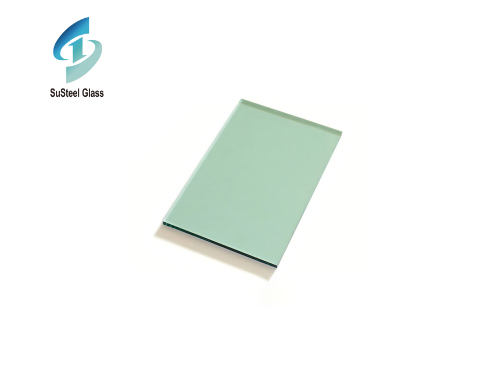
The anti-fouling film material of optical glass coating is mainly fluoride. There are two processing methods, one is soaking method, the other is vacuum coating, and the most common method is vacuum coating. The most common method is vacuum coating. When the antireflective film is complete, the fluoride can be plated on the reflective film using an evaporation process. The anti-fouling film in optical glass can cover the porous anti-reflective film layer, and can reduce the contact area between water and oil and the lens, so that the oil and water droplets are not easy to adhere to the surface of the lens, so it is also called waterproof film.
If the most fundamental method to judge optical glass and test the wear resistance of anti-wear film is clinical use, let the wearer wear it for a period of time, and then observe and compare the wear of the lens with the microscope. There are two main types of optical parts processing: traditional (classical) processing technology and mechanized processing technology. The traditional processing technology is mainly introduced here.
The characteristics of traditional optical glass parts are as follows:
(1) The optical glass was grinded by contour forming method using loose abrasive and general machine tool. In the operation, the rosin tar binder is used as the main binder. First, the parts are roughed and polished with emery, and then the parts are polished with rosin-tar polishing die and polishing powder (mainly cerium oxide). The factors that affect the process are many and changeable, and the machining accuracy is also changeable, which is usually several wavelength orders. High accuracy is on the order of a few hundredths of a wavelength.
 High Purity Tin Ingot: Essential Uses and Key Advantages
High Purity Tin Ingot: Essential Uses and Key Advantages
 Burglar-Resistant Glass: Enhancing Security and Peace of Mind
Burglar-Resistant Glass: Enhancing Security and Peace of Mind
 Exploring the World of Green Tinted Glass Products: Versatility and Sustainability
Exploring the World of Green Tinted Glass Products: Versatility and Sustainability


